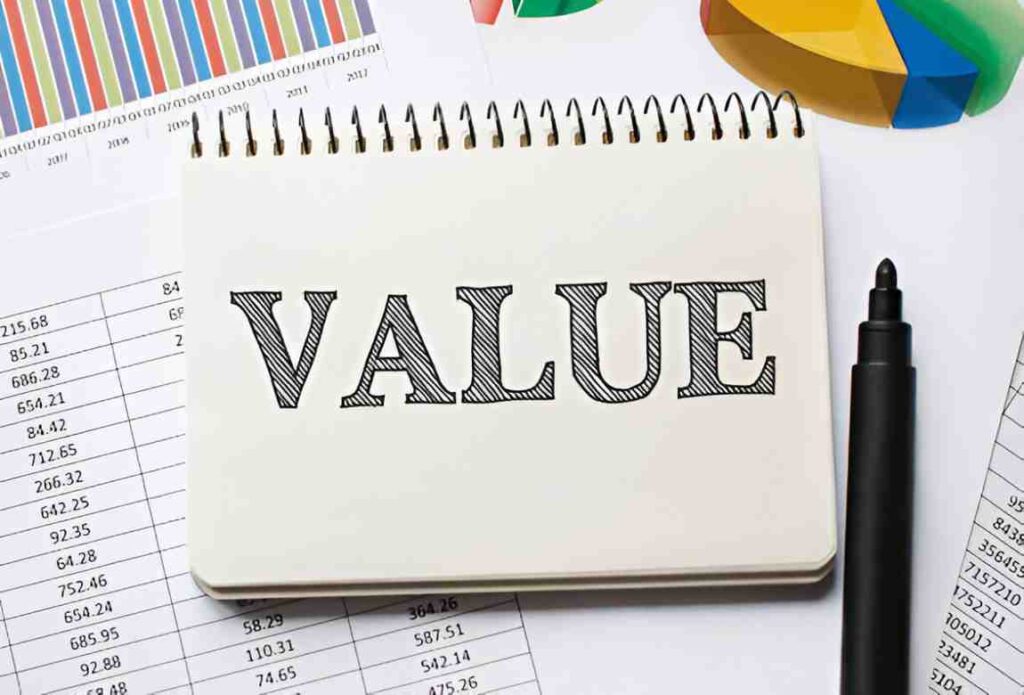In recent years, the concept of corporate social responsibility (CSR) has gained widespread attention. It has evolved from being just a corporate buzzword into a crucial aspect of how businesses operate. One of the most important components of CSR is Social Responsibility Reporting, often referred to as sustainability reporting or CSR reporting. As a finance professional, I find that understanding this type of reporting is key to grasping how businesses measure and communicate their social, environmental, and economic impacts. But what exactly does it involve? And why should you, as an investor or consumer, care about it?
Table of Contents
What is Social Responsibility Reporting?
Social responsibility reporting is the process through which companies disclose their actions and impacts in terms of their social, environmental, and economic contributions. These reports aim to show how businesses operate within the community, treat their employees, manage their environmental footprint, and contribute to society at large. In essence, these reports provide transparency about a company’s non-financial performance.
While financial reporting is concerned with how a company is performing in terms of profit, revenue, and expenses, social responsibility reporting focuses on the broader picture. It highlights the company’s ethical practices, social impact, and environmental sustainability initiatives. It’s no longer enough for a company to report only on its financial results. Investors, consumers, and other stakeholders now expect companies to demonstrate their commitment to environmental stewardship, social equity, and ethical governance.
Key Components of Social Responsibility Reporting
Social responsibility reporting can cover a wide range of topics, but generally, it falls into three main categories:
1. Environmental Impact
- This aspect covers how the company interacts with the natural environment. It includes the reduction of waste, energy usage, water consumption, emissions, and efforts to mitigate climate change.
- Businesses may report on their carbon footprint, the resources they use, and the steps they are taking to reduce environmental harm.
- Example: A company may disclose that it has reduced its carbon emissions by 15% over the past year by switching to renewable energy sources.
2. Social Impact
- This focuses on how a company affects the communities in which it operates. It includes treatment of employees, support for local communities, diversity and inclusion practices, and ethical sourcing.
- Companies often outline their efforts to provide fair wages, offer employee benefits, or contribute to charitable causes.
- Example: A company might report its investment in education initiatives, providing scholarships for underprivileged students.
3. Governance
- Governance refers to the structures and practices that guide the company’s operations. It includes issues like corporate transparency, ethical business practices, leadership accountability, and compliance with regulations.
- This section often includes details about the company’s board of directors, executive compensation, and its commitment to diversity in leadership roles.
- Example: A company might report that it has implemented a new code of conduct for its board members to ensure ethical decision-making.
The Importance of Social Responsibility Reporting
Social responsibility reporting is no longer just a “nice to have” — it is a “must-have” for many companies, especially those seeking to attract investors, consumers, and top talent. Here are a few reasons why it matters:
1. Building Trust with Stakeholders
- Transparency is key in today’s business environment. Stakeholders, including investors, consumers, and employees, are increasingly looking for companies that align with their values. Social responsibility reporting allows companies to demonstrate their commitment to ethics and sustainability, fostering trust with these groups.
2. Attracting Investors
- Many institutional investors, particularly those focused on environmental, social, and governance (ESG) factors, actively seek out companies with strong social responsibility reports. The rise of socially responsible investing (SRI) has made CSR reports an essential tool for attracting investment.
- In fact, studies have shown that companies with robust social responsibility practices tend to have higher long-term financial performance. This is because they manage risks better, anticipate regulatory changes, and enjoy greater consumer loyalty.
3. Enhancing Reputation and Brand Loyalty
- Socially responsible companies often enjoy positive reputations in the market, leading to increased brand loyalty. Consumers today are more likely to support companies that align with their values, whether it’s through sustainable products, fair labor practices, or environmental initiatives.
4. Risk Management
- Effective social responsibility reporting can also help companies identify and manage potential risks. For example, companies that proactively address environmental concerns are less likely to face regulatory penalties or reputational damage down the line.
5. Driving Internal Change
- Social responsibility reporting often pushes companies to reflect on their operations, set new goals, and improve internal practices. This can lead to greater efficiency, better employee satisfaction, and a more sustainable business model.
Global Standards and Frameworks for Social Responsibility Reporting
There are various frameworks that companies can follow to ensure they are reporting their social responsibility initiatives effectively and consistently. Some of the most widely used standards include:
1. Global Reporting Initiative (GRI)
- The GRI Standards are the most widely used framework for sustainability reporting worldwide. They provide guidelines for companies to disclose their environmental, social, and governance performance in a consistent and transparent manner.
- The GRI framework includes specific indicators, such as energy use, waste management, labor practices, and human rights.
2. Sustainability Accounting Standards Board (SASB)
- The SASB standards are designed to help businesses disclose material sustainability information to investors. Unlike GRI, SASB focuses more on financial materiality, helping companies report on sustainability issues that are likely to impact financial performance.
3. Task Force on Climate-related Financial Disclosures (TCFD)
- The TCFD framework focuses specifically on climate-related risks and opportunities. It helps companies report on how they manage the financial risks associated with climate change, including the impact of regulations, physical risks, and changes in market dynamics.
4. ISO 26000
- ISO 26000 provides guidance on social responsibility and outlines the principles for organizations to follow in their CSR efforts. It is not a certification standard but offers a broad framework for improving an organization’s social and environmental impact.
Social Responsibility Reporting in Practice: Examples
Many large corporations today are setting the example in terms of social responsibility reporting. Let’s take a look at how some companies disclose their efforts:
1. Nike
- Nike has been publishing its Nike Impact Report for several years, which highlights its efforts to reduce waste, promote fair labor practices, and support global communities. It reports on energy use, water consumption, waste management, and sustainable product development.
- Example: Nike disclosed that it has achieved a 30% reduction in carbon emissions from its global operations.
2. Patagonia
- Patagonia is renowned for its commitment to environmental sustainability and ethical practices. The company’s reports include details about its carbon footprint, environmental activism, and fair trade certifications.
- Example: Patagonia has pledged 1% of sales to environmental causes and continues to invest in sustainable supply chains.
3. Unilever
- Unilever publishes an annual Sustainable Living Report, where it outlines its commitments to environmental sustainability, social justice, and health initiatives. The company reports on areas such as reducing water use, improving worker conditions, and supporting community health.
- Example: Unilever reports that 58% of its products now have a positive social or environmental impact.
The Future of Social Responsibility Reporting
The demand for social responsibility reporting will only grow in the coming years. Companies are increasingly expected to be transparent about their social and environmental impact. Regulations surrounding CSR disclosures are likely to tighten, making it essential for companies to invest in comprehensive reporting systems.
For investors, social responsibility reporting provides valuable insight into how companies are managing non-financial risks and opportunities. The rise of ESG (Environmental, Social, and Governance) investing means that these reports are becoming a key part of investment decision-making.
Additionally, as more companies embrace the idea of sustainability, social responsibility reporting will become an integral part of business strategy. It’s no longer just about meeting legal obligations or appeasing consumers. It’s about creating long-term value, both for businesses and society.
Conclusion
Social responsibility reporting is more than just a marketing tool for companies; it is a critical element in shaping a better future. By providing transparency into a company’s environmental, social, and governance practices, it fosters trust, attracts investment, and drives positive change. As businesses continue to integrate social responsibility into their operations, these reports will serve as a roadmap for a more sustainable and ethical world.





